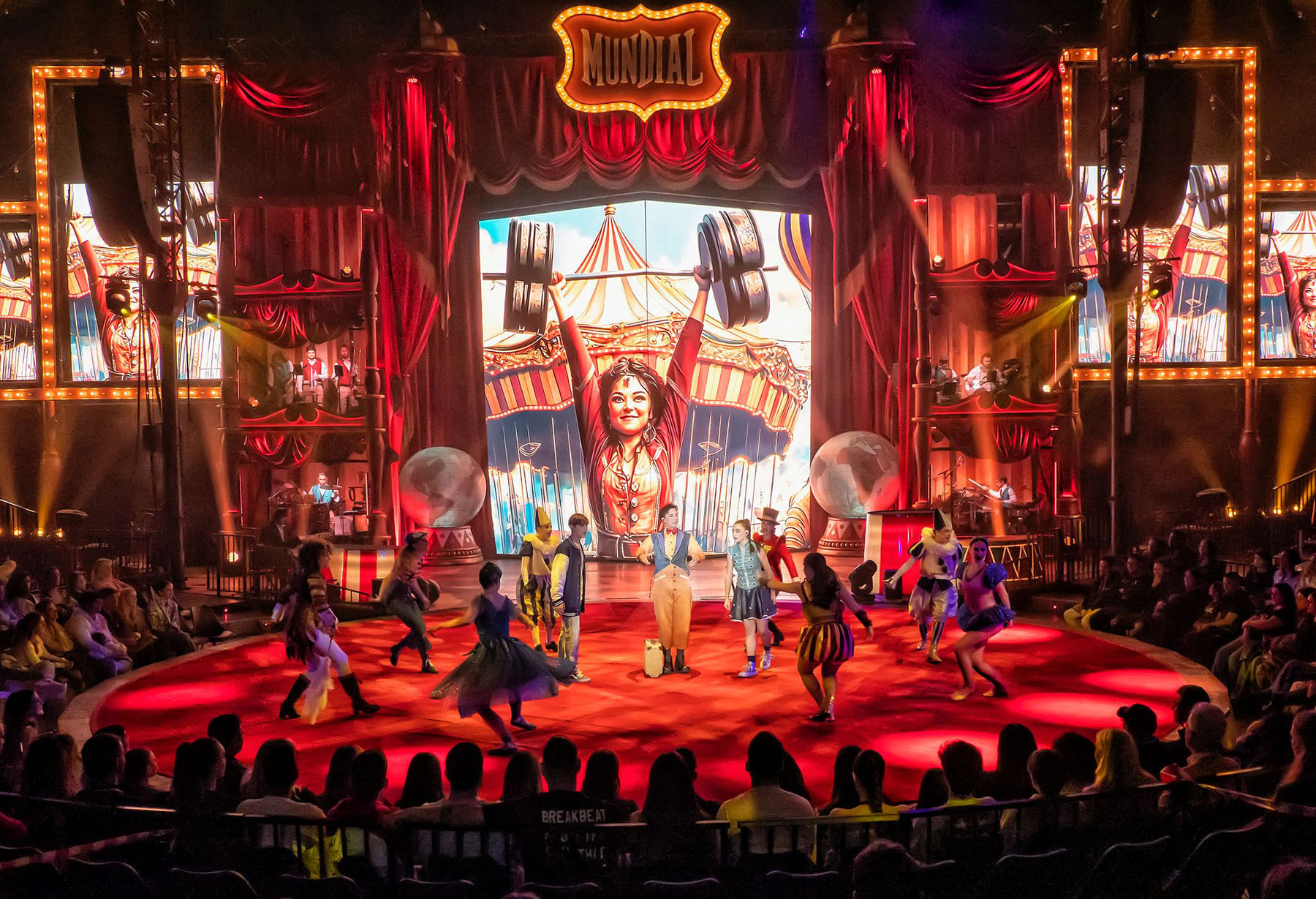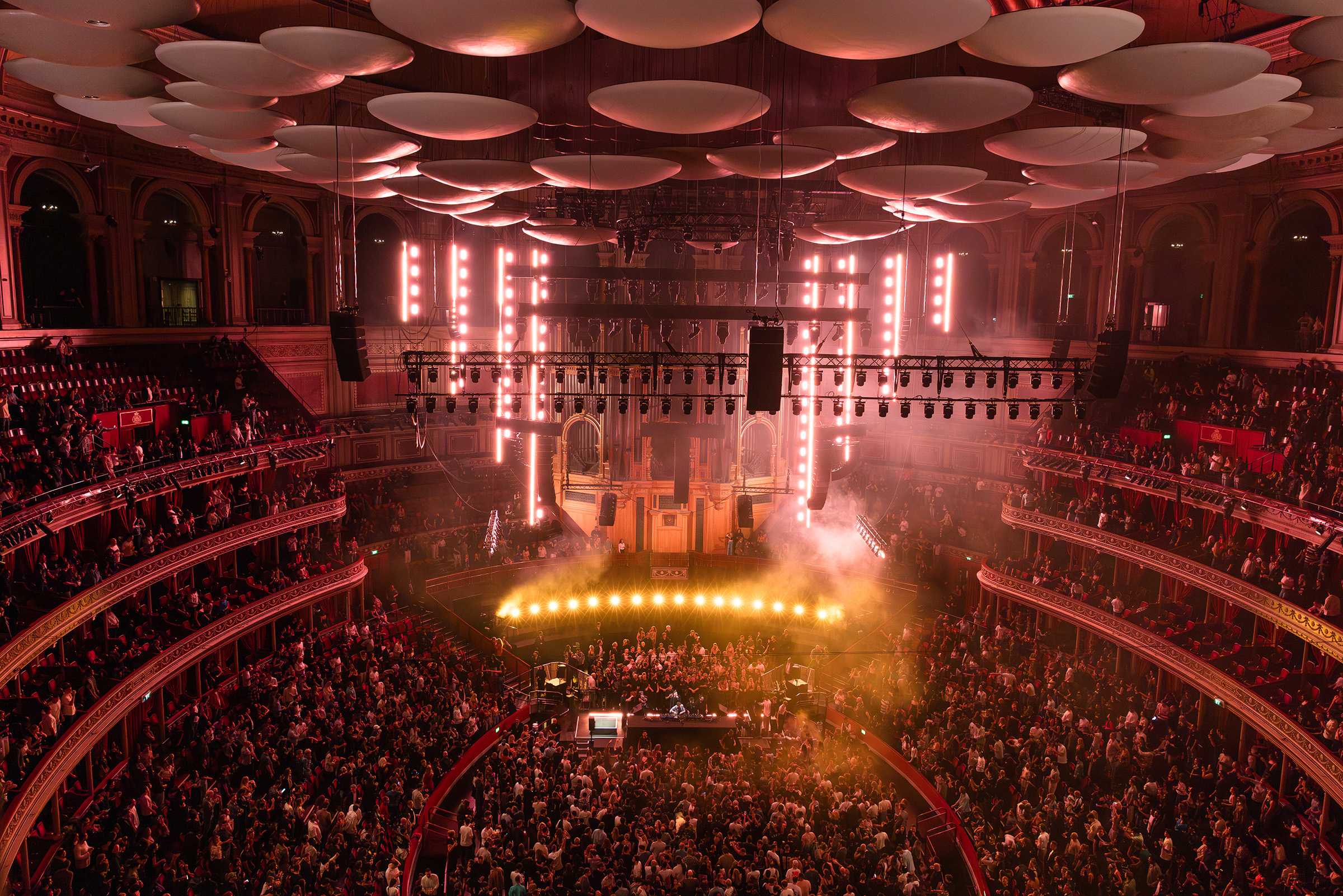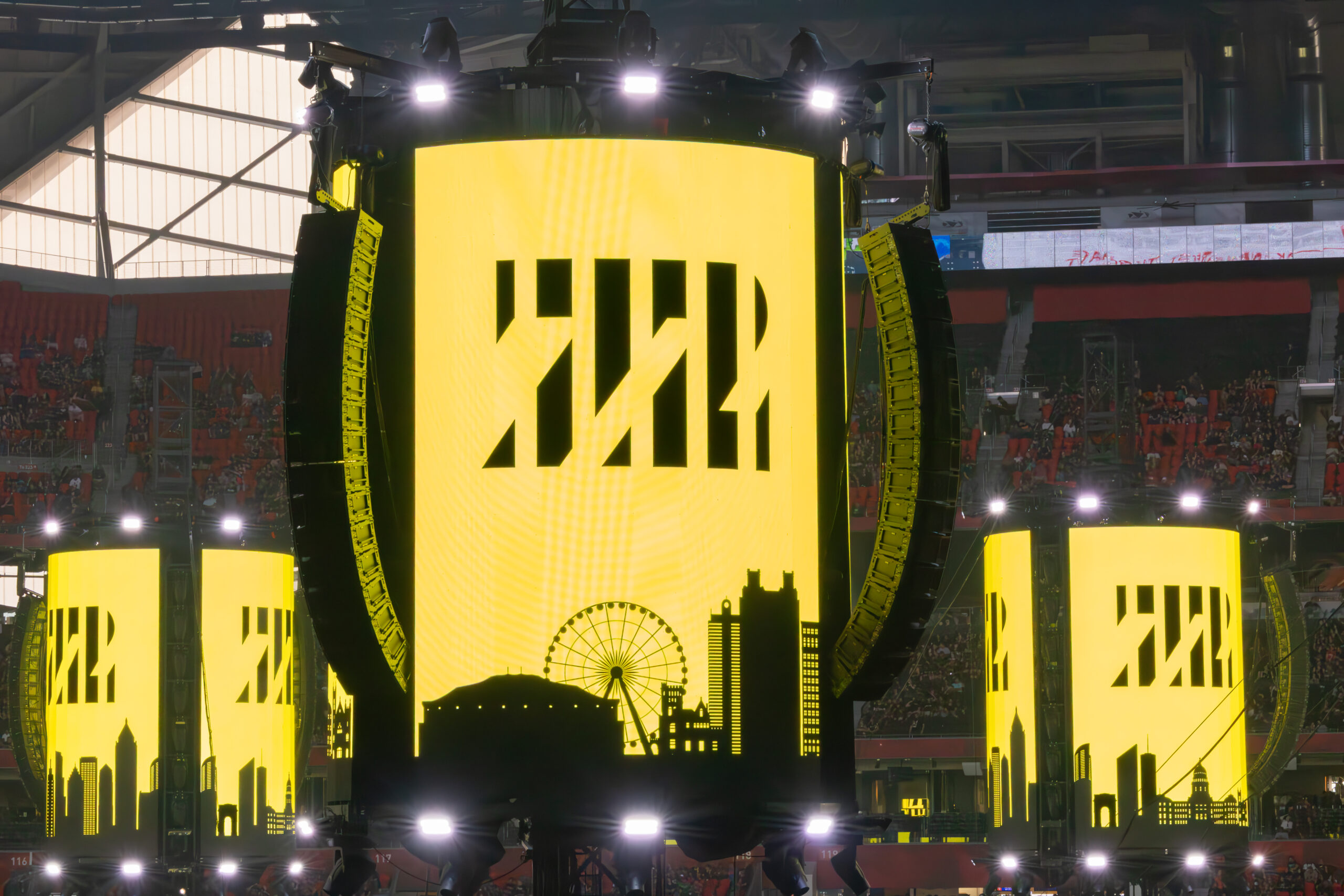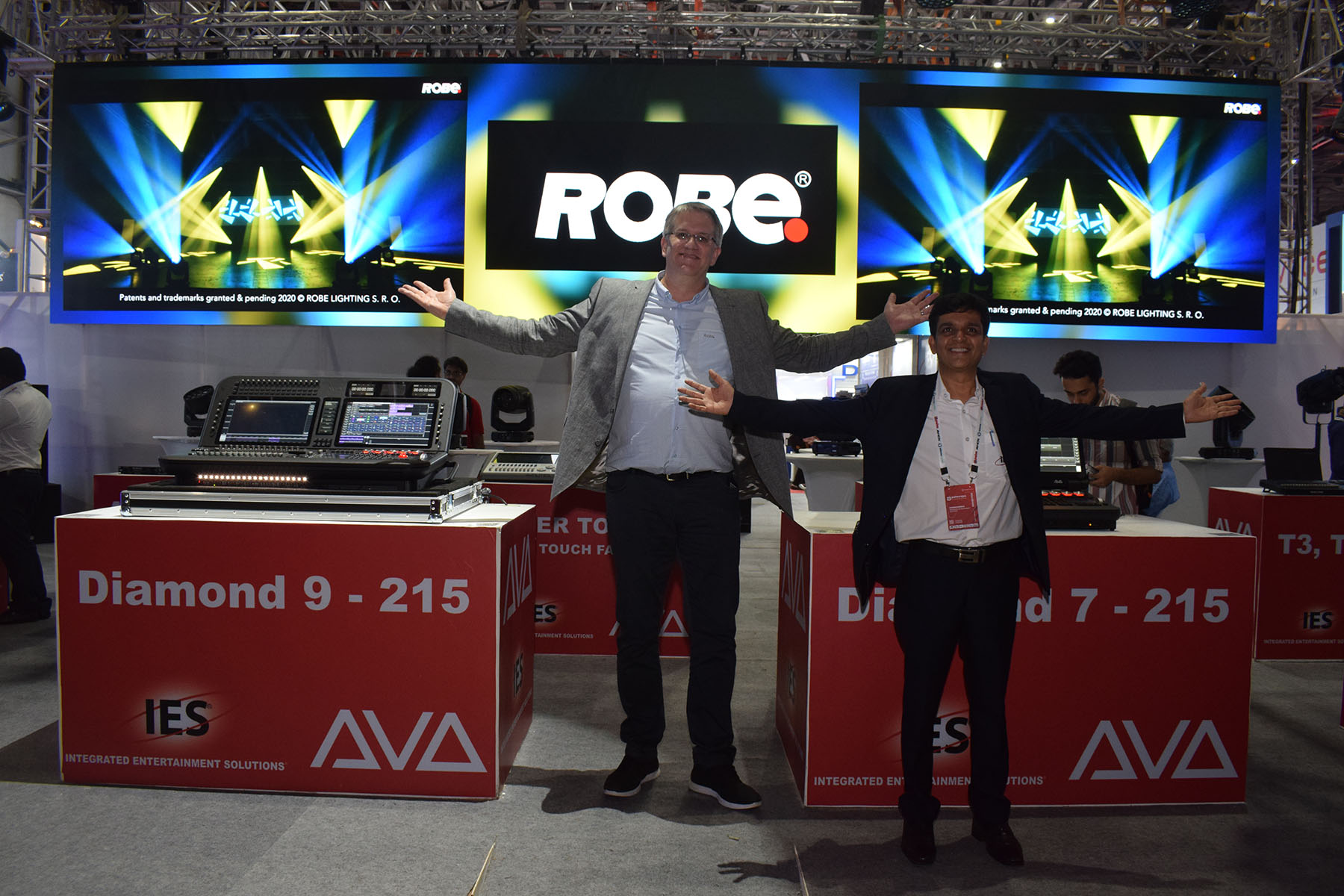LONDON – HSL supplied lighting equipment, LED video screens and crew to the recent UK leg of the Chase & Status “No More Idols” tour. The band shares the same management team as Pendulum, another artist to whom HSL provides lighting.
More details from HSL (http://www.hslgroup.com):
HSL Chases Status With Screens & Lights
LONDON – UK lighting and visuals rental company HSL supplied lighting equipment, LED video screens and crew to the recent UK leg of the Chase & Status “No More Idols” tour, where Neil Carson’s high energy lighting and visual design WOWed the crowds and captured the true spirit of high-energy drum and bass vibes.
Carson has worked for Chase & Status for the last two years, clutching his seat as their career trajectory has gone supersonic. The band shares the same management team as Pendulum, another artist to whom HSL provides lighting.
However, this is the first time Carson has used HSL to supply both lighting and video – a process likely to happen increasing frequently following a recent major investment in Martin EC10 and EC20 LED screen products. “It makes things straightforward dealing with one source for all these elements,” confirms Carson.
HSL’s Mike Oates, project manager for Chase & Status, says, “We always enjoy working with Neil. He has great imagination and flare and the Chase & Status show is exciting, atmospheric and a great fusion of lighting and video.”
Carson designed the screen architecture based on a central upstage block of EC10 in the middle, about 6 meters wide and 2.5 meters deep – flanked by three columns of EC20 at 5, 4 and 3 meters high respectively, which added real depth and three-dimensionality to the stage. The modular design allowed it to be easily – and practically – reduced to fit into smaller venues, while ensuring aesthetic continuity.
Different overall screen formats and shapes have been a consistent feature on all sections of Chase & Status’s recent touring schedules, keeping the visual evolution moving forward and the performance space fresh and invigorating. Nothing stays still for too long on planet Chase & Status or in their hyperactive performances.
The Light Surgeons created their video content. In addition to animations and raw, edgy ambient sequences, on this leg of the tour it featured special footage of all the Chase & Status vocalists, who appeared onscreen for their songs and sometimes onstage for real.
Playback was stored on an AI media server, triggered by time code from the band at the start of the track. Carson could tweak parameters such as the screen intensity from his Chamsys MagicQ 100 lighting desk to match the space and the variable daily configuration of the lighting rig.
The video – and its paramount importance – was also the starting point for Carson’s lighting scheme.
He had to ensure that video remained visible at all times while he delivered enough lighting drama to keep pace with the maelstrom of sounds coming off the stage. The looks and scenes veered from fantastically large, boisterous and ravey looks to subtlety and classical theatre style mood. One of Carson’s aims was to produce real dynamics, and a structure rather than just a flashorama. His careful punctuation of the show was combined seamlessly with the flow and feel of live operation and a bit of improvisation.
All the touring lighting was located on the floor, so it could function as a completely independent rig. However, when house moving lights were available – typically about 12 moving lights, a mix of washes and spots – these could also be hooked in to the touring system.
HSL supplied 24 Clay Paky Sharpys – also a new addition to their hire stock. They were joined by 24 GLP Impression Zooms, which, like the Sharpys, were dotted all over the towers. They were joined by 18 two-cell moles and 12 Atomic strobes.
On the deck were 6 Martin MAC 3K profiles, strung out along the back wall, used for back lighting effects and effective band silhouettes. On boom stands upstage of the band were six i-Pix BB4 LED wash lights, six two-cell Moles and six Atomic strobes.
In front of the keyboard stand were two custom ‘C’ and ‘S’ scenic letters, filled with a total of 110 Jarag-style lamps. Each was pixel-mapped via the lighting console. They consumed one and a half dimmer racks, but were well worth the effort.
Carson says, “Mike was extremely helpful in sorting out the cabling and other peripherals needed to get these letters working once the metalwork was completed by Hangman.”
He continues, “I really enjoy working with HSL. They are friendly, efficient and super-professional, apart from which, Mike always goes the ‘extra nine yards’ to make something happen or help add value to the tour.”
His crew were Marc Callaghan, Chris Roper and Dan Oswald, who all worked closely with media server operator Gianni Fabricio.
Carson also highlighted the efficiency of having a crew working on the combined disciplines of lighting and video. The fastest de-rig time for all their screen elements – from being onstage to packed into the trunks ready to load into the truck – was two minutes and 54 seconds. This was achieved with plenty of cooperation from the local crew during the get out in Swindon.
The tour had two days of production rehearsals at Brixton Academy before hitting the road. HSL provided a WYSIWYG computer so Carson could visualize, patch and program the extensive extras supplied for the Brixton gig itself, which also became a DVD shoot. This saved stress on the day and allowed a head start in integrating the additional gear for that gig into their show.
The Brixton extras included five 24 ft. trussing ‘fingers’ installed over the stage, populated with more than 60 moving lights, 12 Atomics, i-Pix BB16s and Martin EC20, used to line the underside of each finger.



